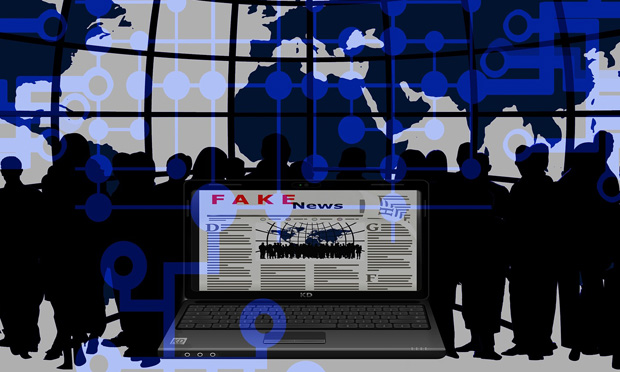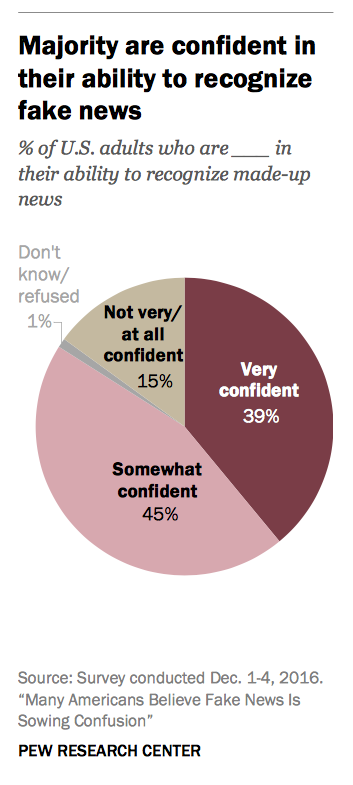“We are drowning in information, while starving for wisdom”, said Edward Osborne Wilson, an American entomologist and a two-time winner of the Pulitzer Prize. [1] While we are being overwhelmed by information on a daily basis, the spread of false or manipulated information is dominating media and conversations. Misinformation is everywhere and it is hard to ignore. But what is fake news, and how can we recognise and tackle it?
Fake news
According to Denise-Marie Ordway from Journalist’s Resource of Harvard Kennedy School describes it as “a term that can mean different things, depending on the context. News satire is often called fake news as are parodies.” And also “…., conspiracy theories, …, hoaxes”. [2]
Paul Chadwick from The Guardian, “Defining fake news will help us expose it.” He points out, as he describes, a “draft definition of fake news”, as following:
“Fake news means fictions deliberately fabricated and presented as non-fiction with the intent to mislead recipients into treating fiction as fact or into doubting verifiable fact.” [3]
 fig1: photo from Pixabay
fig1: photo from Pixabay
LiAnna Davis, deputy director of the Wiki Education Foundation, states that “Wikipedia has been dealing with fake news since it started 16 years ago.” [4] But as a reliable source on this topic, Wikipedia defines fake news as: “Deliberate misinformation or hoaxes spread via traditional print and broadcast news media or online social media. Fake news is written and published with the intent to mislead in order to gain financially or politically, often with sensationalist, exaggerated, or patently false headlines that grab attention.” [5]
While fake news and its significant impact is increasing, many preserve confidence in their own ability to detect misinformation. According to Pew Research Center “It is difficult to measure the precise extent to which people actually see news that has been completely fabricated – given that news consumers could see but not recognize made-up news stories as well as mistake factual stories for false ones.” [6] (see fig 2)
 fig2: Source: PEW Research Center
fig2: Source: PEW Research Center
The necessity of truth
Patrick Engleman, a high school chemistry teacher, states in an interview with nprEd: “You can’t trust everything you hear. In a time when access to information is easier than ever.” [7] In the same article, Susan Yoon, a professor at the University of Pennsylvania’s Graduate School of Education, suggests teachers to give students the tools to think like a scientist: “Teach them to gather evidence, check sources, deduce, hypothesize and synthesize results. Hopefully, then, they will come to the truth on their own.” [7] According to The Guardian’s chief revenue officer Hamish Nicklin, “The world needs the truth now more than ever. In a world where the most important people in the planet are using fake news to undermine the values so many of us hold so dear, it has never been so important that we have a strong and vibrant media, and remember that facts and truth are sacred.” [8]
Even companies like Lush (cosmetics) are also concerned with the significant impact of fake news. According to writer Annabelle Letten from Lush, “Both the BBC and The Guardian have dedicated teams made up of developers, filmographers and journalists to ensure the stories they cover are fully researched and thought-provoking.” [8]
Solutions: Library’s crucial part
It is crucial for education institutions and libraries to provide guidance and tools in order to recognise and separate fake news from authentic factual news. Many academic libraries in the worldwide (most of them in the US and UK) have created Library Guides (or LibGuides) around this subject, such as Harvard, Cornell, NYU, UC at Berkeley and Penn State. [9]
As Eric Novotny from Penn State’s University Libraries points out: “Assessing the quality of the content is crucial to understanding whether what you are viewing is true or not.” [10]
Significantly, Berkeley Library of the University of California has not only provided researchers and students a list of fake news websites, but has also pointed out the effects of fake news and has summed up solutions for detecting fake news. [11] (see fig3)

fig3: Source Berkeley Library
Harvard Library has provided a list on Fact-Checking Sites and Plug-Ins. [12] Many university libraries in the US (Cornel [13], Illinois [14], CPP [15], Yale [16]) and UK(Cambridge [17]) have organised workshops in order to highlight this problem.
Finally, Journalist’s Resource [2] adds: “Some other resources that may be helpful are the Poynter Institute’s tips on debunking fake news stories [18] and the First Draft Partner Network, a global collaboration of newsrooms, social media platforms and fact-checking organizations that were launched in September 2016 to battle fake news.” [19]
Source:
[1] Wikipedia. [online]: E. O. Wilson
[2] D.-M. Ordway. [Online]: fake news conspiracy theories journalism research
[3] P. Chadwick. [Online]: defining fake news will help us expose it.
[4] A. Kamentz. [Online]: the earth is flat check wikipedia.
[5] Wikipedia. [Online]: fake news.
[6] A. M. J. H. Michel Barthel. [Online]: many americans believe fake news is sowing confusion.
[7] A. Wolfman-Arent. [Online]: the ongoing battle between science teachers and fake news.
[8] A. Letten. [Online]: what fake news and how do-we tackle it.
[9] LibGuides Community. [Online]: LibGuides Community.
[10] E. Novotny. [Online]: fake news.
[11] University of California,Berkeley Library. [Online]: fake news.
[12] Harvard Library. [Online]: fake.
[13] Fake news workshop cornell [Online]: fake news workshop.
[14] Fake news workshop illinois [Online]: fake news workshop.
[15] Fake news workshop CPP [Online]: fake news workshop.
[16] Fighting fake news workshop [Online]: Fighting fake news workshop.
[17] PhD clinic workshop [Online]: PhD clinic workshop.
[18] A. Mantzarlis. [Online]: 6 tips to debunk fake news stories by yourself.
[19] First Draft news. [Online]: draftnews.

Zie ook volkskrantartikel 14-09-2017 https://www.volkskrant.nl/buitenland/tijdens-nepnieuwsles-bij-tupac-denk-ik-was-het-nieuws-dat-hij-leeft-maar-echt~a4516058/ (NB paywall of via Blendle)